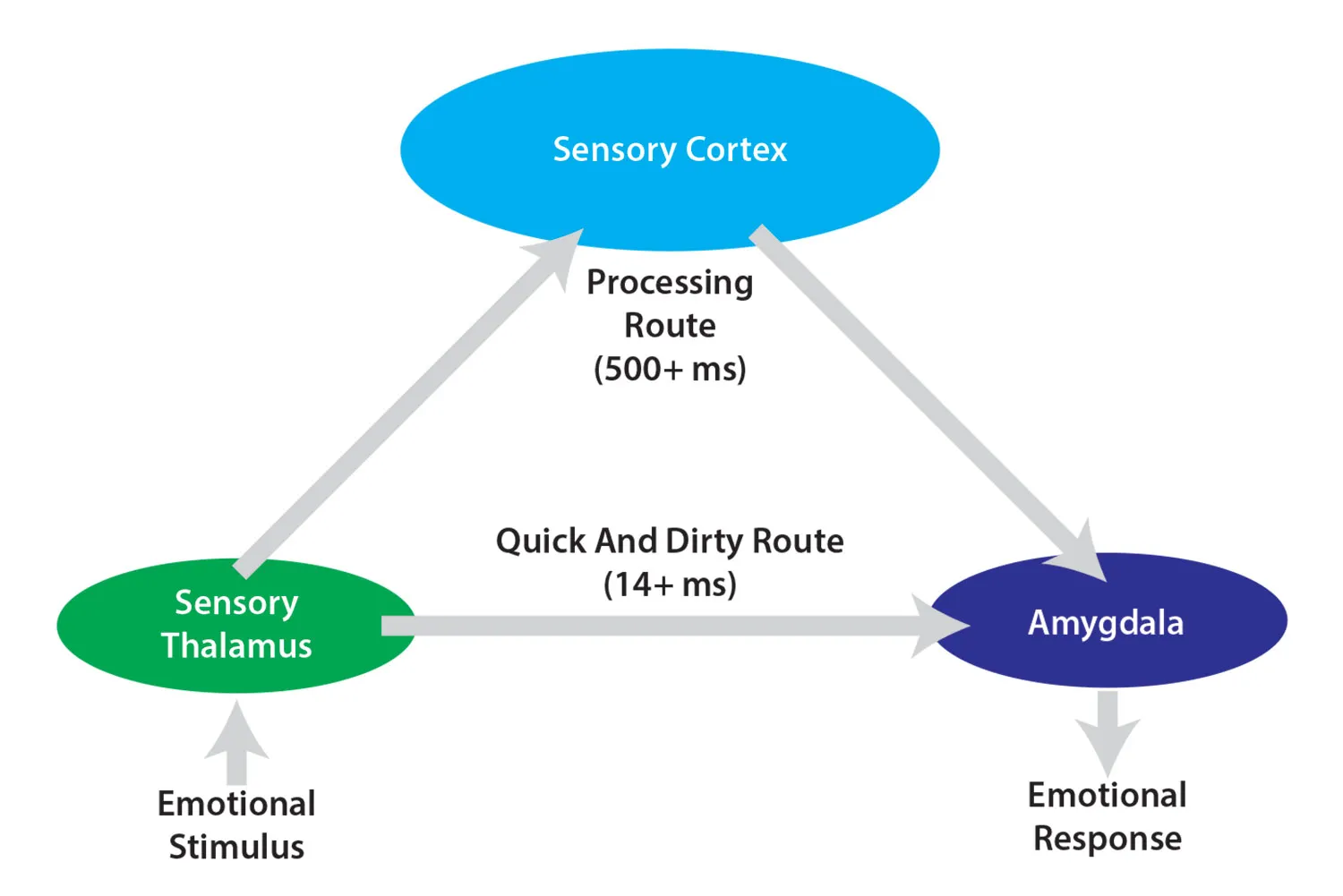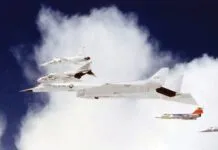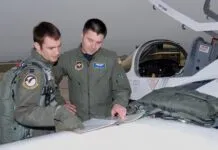
Unable. We may end up in the Hudson.” Spoken so calmly, it almost sounds conversational, like asking what restaurant we should go to for dinner. So much occurred so fast. The bird strike, the evaluation of the engines, aircraft state and location…all while managing an Airbus A320 with a dual engine failure. Despite no training or practice on this type of failure (or ditching, for that matter), Captain Sullenberger and First Officer Skiles successfully landed Flight 1549 on the Hudson River, becoming the first pilots to successfully complete a water landing in the type.
I watch the clip from this incident often. Often we review and dissect failures for lessons learned, but it is just as important to examine the successes. In the span of minutes, the flight crew, ATC and support services were able to coordinate a return to any runway at La Guardia or a diversion to Teterboro. In the end, the flight did not need a traditional runway. Still, many parties were faced with one of the most challenging situations that exist in aviation and all of them rose to the occasion. What can this event teach us about fear and the role it plays in abnormal events and emergencies?
What Is Fear?
Here’s a snappy definition of fear from the journal Current Biology: “Fear is an intervening variable between sets of context-dependent stimuli and suites of behavioral response.” Merriam-Webster gives a simpler definition: “an unpleasant often strong emotion caused by anticipation or awareness of danger.”
Depending on which discipline of science you prefer, you will get different perspectives on fear. Psychologists focus on the mental aspects of fear, where biologists focus on the physical. It is one of those words we toss around in daily life, but putting an exact spin on it is challenging.
The psychological aspect of fear is fascinating. More people report social phobias than fear of death. Folks will sit in abject terror on an airline flight, while driving 20 over the speed limit the whole way to the airport. There are so many moving pieces in the modern world that our still-evolving brains are simply ill-equipped to deal with them all.
Autonomic Response
Despite this, there are some benefits to fear. From an evolutionary standpoint, fear played a massively important role in our survival. From the Smithsonian Institution: “A threat stimulus, such as the sight of a predator, triggers a fear response in the amygdala, which activates areas involved in preparation for motor functions involved in fight or flight. It also triggers release of stress hormones and [the] sympathetic nervous system.”
The automatic responses to fear are generally felt in the following order:
Freeze: The evolutionary design for freezing is rooted in staying hidden from predators.
Flight: Escape the threat.
Fight: As a last resort, fight the threat.
Flight and fight are assisted by our long-time friend adrenaline. We have all felt the symptoms before; increased heart rate, tightened muscles to the point where the hair on the back of your neck will stand up. Many people experience sweaty palms and other side effects, some visible and many more behind the scenes, too numerous to mention. Small doses of this fear can be helpful, heightening awareness and sharpening our thinking. It is generally difficult to get complacent if you are, say, on the same level of nerves experienced during an initial solo. Sadly, not all aspects of fear are positive.
Startle Response
The startle response may be useful when potentially avoiding predators, but it is far from useful when presented with a substantial situation in an aircraft. It can take up to 30 seconds before one’s brain is capable of assessing the situation and providing enough cognitive input for a potential lifesaving decision. In the meantime, it is anybody’s guess what will happen.
An engine failure on takeoff may require almost immediate nose-down pressure to maintain control of the aircraft, while an engine failure after hundreds or even thousands of normal takeoffs could understandably elicit a fear response. Needless to say, the two conflict.
The Effects of Startle on Pilots During Critical Events: A Case Study Analysis by Australia’s Griffith University Aerospace Strategic Study Centre is a detailed but very digestible paper on the subject. From the paper: “The ubiquitous reliability of modern aircraft has created an unconscious expectation of normalcy amongst Pilots. This lack of expectation for things going wrong can have negative effects on acute stress levels and startle reactions.” The sidebar on the previous page describes how the human body begins to process related stimuli.
 Processing The Startle Response
Processing The Startle Response
The authors of the study cited in this article’s main text, The Effects of Startle on Pilots During Critical Events: A Case Study Analysis, included a version of the diagram above with their work. In discussing its relevance, they noted, “The startle reflex is common to all mammals, birds, reptiles and amphibians (Simons, 1996). It is an innate and involuntary reaction to some startling stimulus which can be perceived in any sensory modality.” They went on to note the startle response occurs “very quickly following a startling stimulus, with the first signs occurring in humans in as little as 14 milliseconds. “This suggests a very rudimentary link between the senses and the various muscles involved in the reflex actions,” and other researchers have determined both the common patterns of startle and the neural pathways involved. “The amygdala in the limbic region of the brain appears to be central to the startle response.”
“Signals with some significance may induce the startle reflex,” they continued, “while these same signals are also routed to the sensory cortex for cognitive processing. While processing in the pre-frontal cortex may take in excess of 500 milliseconds (Asli & Flaten, 2012), the initial amygdalan analysis is very quick, resulting in an aversive startle reflex away from the stimulus, while at the same time orienting the attentional mechanism to the source of the stimulus. This provides us with a means of reacting very quickly to threatening stimuli, but also creates a large number of false alarms. The whole startle may last between 0.3 and 1.5 seconds, depending on the severity of it, the propensity of the individual to startle, emotional state and a number of other contributing issues.” — J.B.
Abnormal Stress Reactions
Stress and fear are closely related. Many have experienced this themselves, or watched others unravel a bit during flight instruction. From the Aviation Instructors Handbook, describing the phenomenon: “Inappropriate reactions, such as extreme over-cooperation, painstaking self-control, inappropriate laughter or singing, and very rapid changes in emotions.”
It sort of feels like a betrayal— when you need acute cognitive function the most, it often arrives late to the party.
Preventing Panic
After the startle response dust settles, the amygdala joins the show but in a more limited capacity. In what some consider the “quick and dirty route,” the sensory thalamus communicates directly with the amygdala rather than through the sensory cortex. The benefit to this is rapid decision-making.
If you are being chased by a predator, analysis paralysis about the proverbial (or literal) fork in the road is not helpful. To belabor the point, the evolutionary part of our brains cannot tell the difference between a threat where rapid decision-making would be helpful, like a predator in the woods, and a threat where it is not helpful, like an engine failure after takeoff. The situations we face are immeasurably complex. But we do have ways we can mitigate these issues.
Training And Currency
Good training and maintaining currency are critical in optimizing aviation safety? Revolutionary stuff here! To be fair, a lot of the best advice out there is not groundbreaking. The reason why training and currency are so critical is to keep things simple so we can navigate the aforementioned “quick and dirty route.”
Consider the engine-failure-on-takeoff scenario. Most of our brains are not able to quickly make the leap from observing and digesting the engine failure, to noticing the decaying energy state, to reducing the angle of attack in the time it would take for the aircraft to enter a stall. Especially considering that pesky evolutionary brain screaming “Ground approaching fast! Pull up!”
The overarching point is that in time-sensitive situations, the reaction must be almost muscle memory. This logic can be seen in the ACS change to practice recovering from stalls at the first indication. While there is value in operating an aircraft at a lower-than-normal energy state, forming the habit pattern of reducing the angle of attack at the first indication of a stall is critical.
Briefing And Preparedness
Briefing and visualizing the initial steps in an abnormal or emergency situation can make the difference. Even chair-flying these situations can move the needle towards a safe outcome. From the FAA FAASTeam: “Your chances of a safe outcome are greatly improved if your response to an unexpected event is planned out ahead of time. Review ‘what if’ scenarios in your head and practice what you would immediately do should a certain event take you by surprise. Mental drills like this in a non-stressful environment (like your favorite chair at home!) will help you develop a pre-planned course of action and test your mastery of your abnormal and emergency checklists.”
Getting Back To Baseline
In the engine-failure-after-takeoff scenario (I promise this is the last time I will mention it), the brain may never return to the processing route. Full cognitive function may not return until after the aircraft is evacuated and the dust settles a bit. Many situations will elicit fear, and maybe even panic, but will take a while to play out; an engine failure at cruise, or perhaps a flight-control failure. What is important in these situations is returning to baseline, going through the processing route, and returning to higher-level thinking that comes so easily in times devoid of stress. There are a few ways to help work your way back there. A deep, calming breath (not hyperventilating) is always your friend. Taking the initial step can shake the fear a bit, helping one feel more in control. A checklist is a way to take that first step, if there is a checklist applicable to your situation. Talking out loud can also help, as it can snap the brain out of the feedback loops it can create. The goal is to return to some semblance of a routine or SOP. Normal(-ish) operations require less brain power, allowing higher cognitive function to work its magic on the bigger issues.
Fear Not
Fear is a tricky thing. Everyone experiences it differently and, hopefully, we only experience true fear a handful of times in our lives. In the movies, the action hero can face down death and still deftly disable a bomb or whatever your favorite trope is. The reality is rarely so smooth. Stay trained, stay current and prepare as best you can. It will not prevent fear by any means, but it may minimize the damage it does.
Fear Feedback Loop
A fear feedback loop occurs when the mind perceives a threat. This could be a true threat to safety or something the mind generates on its own. Occasionally, the subconscious can pick up abnormalities before the conscious brain even realizes. The body responds appropriately, increased heartrate, sweaty palms, shaky legs, the works.
One of two things may happen. You may find the issue, start working the problem and quickly return to baseline. If there is no discernable threat, the new threat may be the fear symptoms themselves. It is alarming to have increased heart rate, sweaty palms, etc. Now there is something to fear, and that further accelerates the symptoms. Thus, the fear feedback loop.
Oddly enough, the easiest way to cure a feedback loop is realizing you are in one. Obviously, if you are experiencing those symptoms and they are not abating, landing as soon as possible is critical.
After The Incident
Captain Sullenberger said of his famous flight, “It was the evacuation that is a blur, not the flight itself.” This aligns with my experience as well. My emergency was luckily not as newsworthy as the Miracle on the Hudson, and it was a little more standard because it is something we train in the simulator.
But what we did not really train was the aftermath. Once we were on the ground, the next steps became unclear. Between evaluating the status of the aircraft, figuring out where ground wanted us, communicating with aircraft rescue and fire fighting… it turned into a bit of controlled chaos.
We focus on training for in-flight emergencies, and generally they are more time sensitive. However, it is worth considering what will occur when the aircraft is back on the ground. Where will you taxi? Can you clear the runway? Do you need assistance? If a quick egress is required, how will this happen? No situation or response will be one size fits all, but it is worth spending some brainpower on this before it happens.



